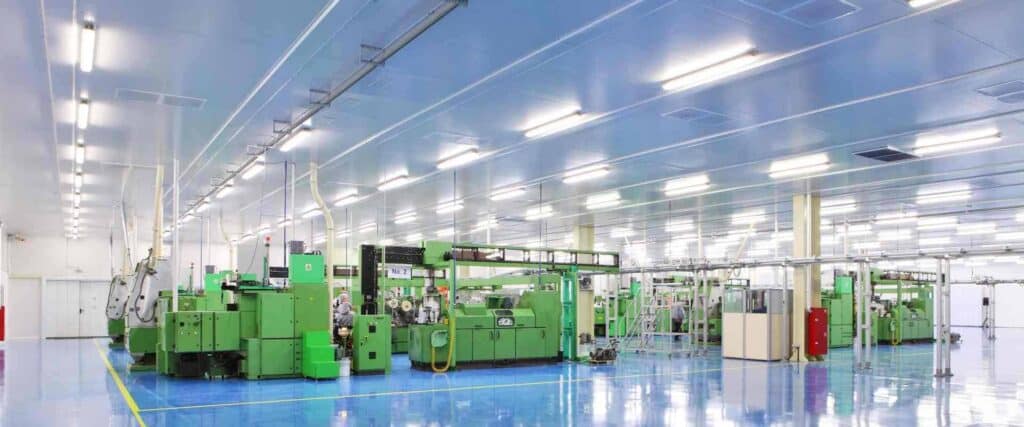Electric motors are vital components of many machines and devices that we use in our daily lives. They are used in everything from household appliances to electric vehicles, making them an essential part of modern technology. The design and manufacturing of electric motors is a complex process that requires careful consideration of various factors such as size, power output, and efficiency. In this article, we will explore the mechanical design and manufacturing of electric motors, providing an overview of the process and the key considerations involved.
The design of an electric motor involves a thorough understanding of the principles of electromagnetism and mechanical engineering. The motor must be designed to convert electrical energy into mechanical energy efficiently and reliably. The design process includes determining the size and shape of the motor, selecting the appropriate materials for the various components, and optimizing the motor’s performance. Once the design is complete, the manufacturing process involves precision machining, assembly, and testing to ensure that the motor meets the required specifications. This article will provide an overview of the design and manufacturing process, highlighting the key considerations at each stage.

Design of Electric Motors
Motor Types
Electric motors come in various types, each with its own advantages and disadvantages. Some common types of electric motors are:
- DC Motors: These motors are widely used in applications that require variable speed and torque control. They are simple in design, easy to control, and have good efficiency.
- AC Motors: These motors are more complex in design than DC motors, but they are more efficient and have a longer lifespan. They are widely used in industrial applications.
- Servo Motors: These motors are used in applications that require precise control over position, velocity, and acceleration. They are highly accurate and can provide high torque at low speeds.
Design Considerations
When designing an electric motor, there are several factors to consider, including:
- Power Requirements: The power requirements of the motor should be determined based on the application. This includes the required torque, speed, and power output.
- Cooling: The motor must be designed to dissipate heat efficiently to prevent overheating. This can be achieved through the use of cooling fins, fans, or liquid cooling systems.
- Materials: The materials used in the motor should be carefully selected to ensure that they can withstand the stresses and temperatures involved. Common materials used include copper wire, steel laminations, and permanent magnets.
- Electromagnetic Interference (EMI): The motor should be designed to minimize EMI, which can cause interference with other electronic devices in the vicinity.
In conclusion, the design of electric motors is a complex process that requires careful consideration of various factors. By selecting the right motor type and considering the necessary design considerations, engineers can create efficient and reliable electric motors for a wide range of applications.
Manufacturing of Electric Motors

Materials and Processes
The manufacturing process of electric motors involves several steps that require precision and accuracy. The materials used in the production of electric motors are carefully selected to meet the required specifications. The most common materials used in the manufacturing of electric motors include:
- Copper wire for the coils
- Iron for the core
- Steel for the housing
- Plastic for the insulation
The manufacturing process starts with the production of the core, which is made from laminated iron sheets that are stacked together. The coils are then wound around the core, and the housing is assembled around the core and coils. The insulation is then applied to the coils and housing.
The manufacturing process also involves several other processes, such as:
- Machining of the housing and core
- Coating of the housing and core
- Testing of the coils and core for quality control
Quality Control
Quality control is an essential part of the manufacturing process of electric motors. The quality control process ensures that the electric motors meet the required specifications and standards. The quality control process involves several steps, including:
- Inspection of the materials used in the manufacturing process
- Inspection of the finished products for defects
- Testing of the electric motors for performance and efficiency
The quality control process also involves the use of specialized equipment and tools to ensure that the electric motors meet the required specifications. The quality control team works closely with the production team to ensure that the manufacturing process runs smoothly and that the finished products meet the required standards.
In conclusion, the manufacturing of electric motors involves several steps that require precision and accuracy. The materials used in the production of electric motors are carefully selected to meet the required specifications. Quality control is an essential part of the manufacturing process to ensure that the electric motors meet the required specifications and standards.

